Blog Sales Funnels: How Do They Work and Are They Worth It?
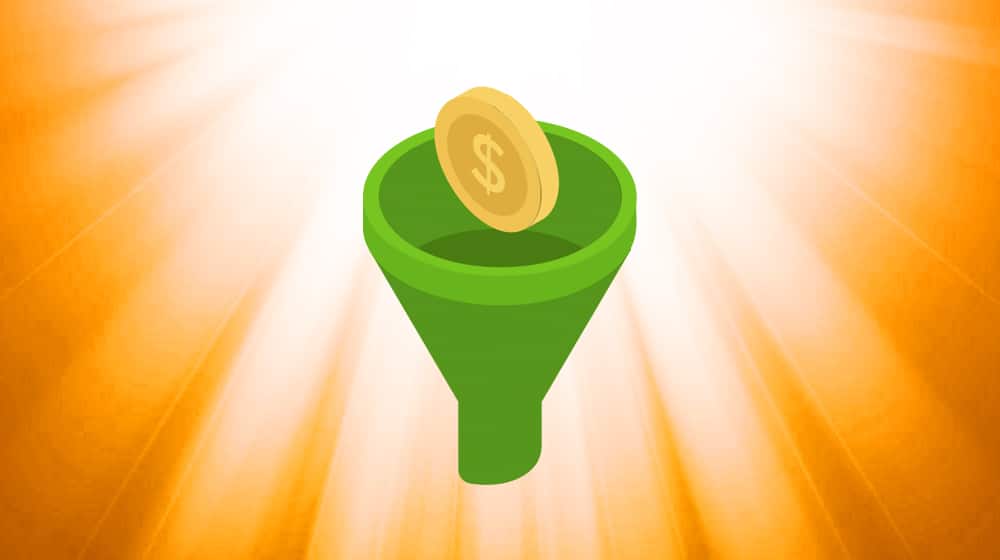
If you've spent any time at all looking into marketing on more than a superficial level, you've likely encountered the concept of the sales funnel. If you seek it out, you've probably seen charts or diagrams that look a little like this one. It's complicated, daunting, and often more than a little messy.
Here's the thing: it doesn't have to be!
How Blog Sales Funnels Work
Most company blogs are sales funnels already, simply by existing:
- Some are very simple and passive, without any calls to action or advertisements, but people will still discover the rest of the business simply by landing on the website, so it's technically a funnel (albeit a very basic one with only two steps; reader --> customer).
- Others are more complex - UTM tags, attribution, various calls to action, heatmap software, A/B testing, and complex funnels that steer readers into a lead collection system, with free downloads, newsletters, courses, webinars, and more.
In any case, improving your blog sales funnel is what's worth the effort here.
Tiny changes to your blog and your sales funnel can make a massive difference in your conversions. If you don't have any mechanisms in place to capture leads, then a lot of people are arriving at your blog post and leaving after they are done reading. That's a wasted opportunity. Improving your funnel draws them into your orbit, and improves the chances that they'll become a customer, either today or sometime in the future.
This is one of the best ways to grow your website and your business - create content and give away free tips and value, optimize your funnel to capture those readers, and steer them towards purchases.
The Problem with Sales Funnels
There's nothing wrong with the idea of a sales funnel. A sales funnel is just a way of talking about the process a user takes to go from point A to point B in your marketing. Usually point A is "first exposed to your marketing" and point B is "conversion into a customer", but that doesn't necessarily have to be the case.
The problem I have with sales funnels is that they've been a little tainted, a little ruined, by all the marketers and "gurus" and experts out there. They all have their own secret ten-step sales funnels and all these master plans, and you know what?
Nearly 99% of it exists solely for those gurus to sell you their books about it.
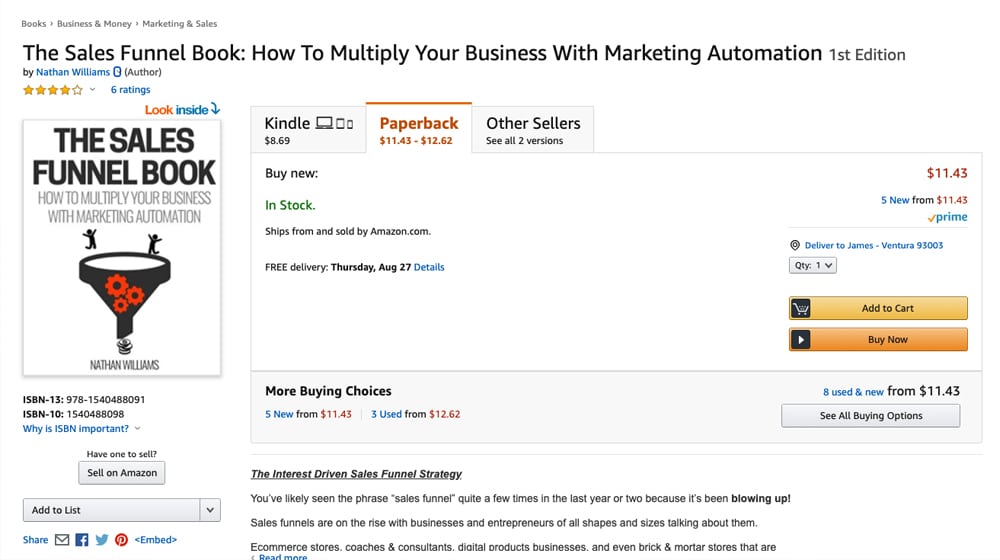
A sales funnel is just a description and a plan of the user journey. It's a guide for the rough path users take to go from someone who just read a blog post to someone who gives you money for your product or service. It doesn't need to be divided up into a dozen different stages, it doesn't need to have a hundred discrete points to categorize users, and it certainly doesn't need to be carefully mapped out as an infographic.
I'm personally a believer in the Pareto Principle. According to the Principle, 80% of your results come from 20% of your effort. I can do a broad-strokes overview of what I want my sales funnel to look like, do a brief pass over it to optimize it, and then more or less ignore it for months at a time. I spent my 20% effort to get the maximum returns, and then I move on to another lower-hanging fruit. Once you get into extremely narrow specifics and edge cases, you're running into diminishing returns.
Now, don't get me wrong. I'm not arguing that you shouldn't have a sales funnel. I'm just saying that you don't need to go deep into it and overcomplicate things.
Identifying the User Journey
A sales funnel is, more simply, a way to outline the user's journey to becoming a customer.
It used to look like a funnel because it started at the top with a broad audience of "everyone who is exposed to your marketing", and narrows down each stage; the people from the first group who read your blog, the people from the blog readers group that sign up for a free trial, the people who roll their trial over into paying customers.
This reflects something that has plagued capitalism and consumerism for decades, and which has slowly been coming to a head over the last five or so years: treating the sale as the end goal.
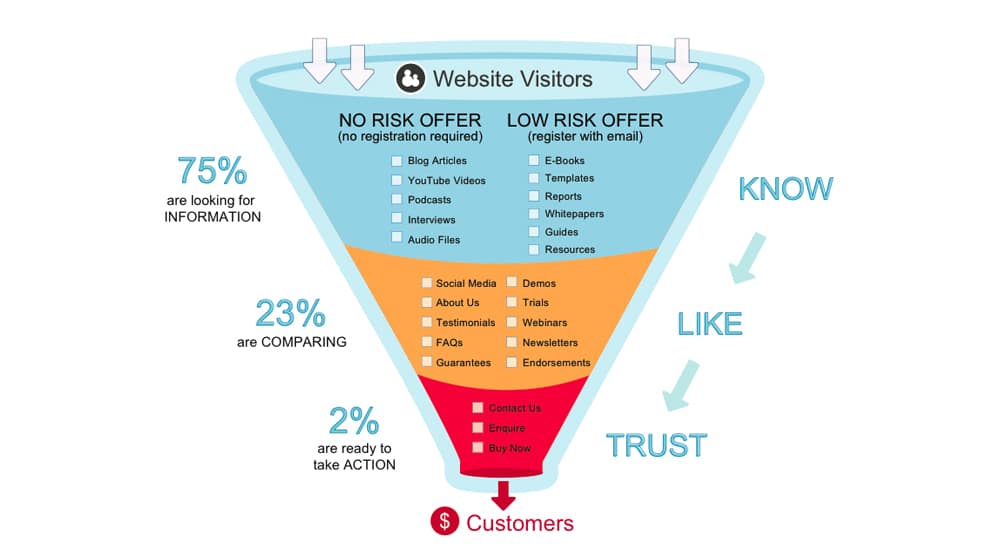
When you think about companies from decades past, you might think about Mad Men, with the hugely exploitative company culture aimed at extracting every penny they can get out of a customer, then throwing them away. "The customer doesn't matter; only their money, their payment, their subscription" - that kind of thinking.
One of the biggest evolutions over the last decade or two has been an increased focus on paying attention to and caring for your customers. The sales funnel is no longer even really a funnel. A user makes a purchase, and that's good, but that's not the end of the journey. They might come back to make another purchase. They might swing around and become a brand advocate. They might subscribe to an ongoing service, and have the potential to increase their subscription tier at any time. The previous endpoint of the funnel is no longer the end of the user journey.
A modern sales funnel is broadly defined, and users can fit many definitions to be in specific parts of the funnel. Getting to narrow with it is, to me, a trap. It wastes your time and effort in categorizing people using differences that are, in the long run, meaningless.
After all, what's the difference between a user who found your landing page via videos, and a user who found your landing page via blog post links? They both went from your content to your landing page, from one stage to another, and it's not really that important where they came from.
Okay, well, that's not entirely true. It's worth paying attention to that kind of data because knowing specific user paths can help you optimize those paths later and focus your efforts. That's a matter of blog post conversion optimization though, not sales funnel definitions.
Where a Blog Fits
There's one thing I need to address before we dig in further, and that's the fact that there are actually two different, distinct views of how sales funnels work with blogging. It depends entirely on one thing: how you view your company.
Are you a blog with a store, product, or service attached? Or are you a store or service provider with a blog attached?
I find that there are two different types of people when it comes to business. Some of them have a business with a storefront, marketing channels, and even retail outlets (or kiosks in those outlets). These people have sales funnels, and they treat their blog as one of the tools used at certain stages of the sales funnel, to capture, nurture, and convert leads. A blog is a tool and part of an overall marketing plan.
The other group of people is the group to which I belong; the people who center their business around their blog. The blog is the core of what they offer, and any way of monetizing it springs off of the blog. Maybe it's a Shopify store, maybe it's affiliate links, maybe it's selling consulting or another digital service; it doesn't really matter. The point is, the blog is the core, not one part of the overall toolset.
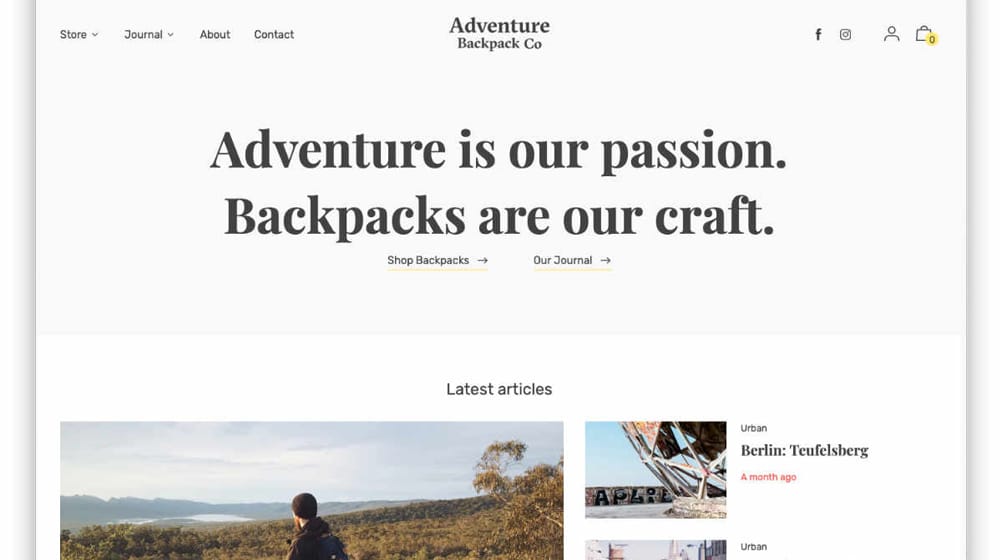
Sales funnels are naturally more important to the first group of people than the second, but they're valuable to people in both groups. The biggest point you need to recognize is that both groups treat sales funnels differently. "Is a sales funnel necessary to your blog?" For the first group, no; a blog is part of one set of tools for one stage in the sales funnel. For the second group, where the blog is everything, yes; a sales funnel is crucial to understanding your user journey, and optimizing it.
The Broad Strokes of Sales Funnels
Every sales funnel can be categorized in just a small handful of segments. The deeper and more detailed you go with it, the less valuable that information will be in aggregate. I, personally, prefer using a pretty vague (and broadly categorized) funnel system.
Level 1: Awareness. The first and most open part of the sales funnel, where you take the broad pool of "everyone who exists" and narrow it down to the pool of people who encounter you and your marketing in any way.
I consider awareness to be a very important part of the funnel, but a lot of descriptions of sales funnels I find elsewhere tend to gloss over it. Many people don't consider the funnel to start until users are aware of you and already in your orbit.
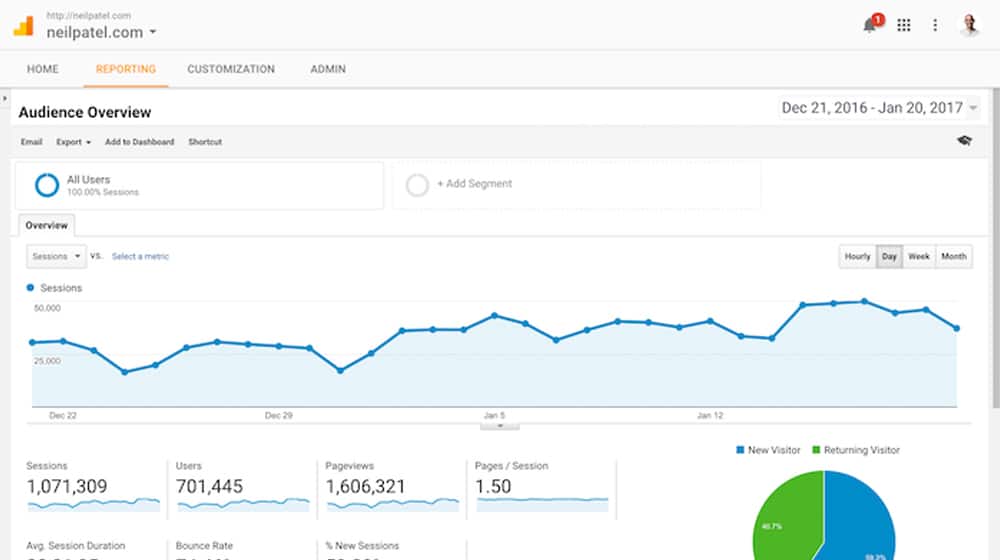
Part of awareness involves outreach. It's how people start to learn your name. They might not know what you do, and they might not even know who you are, but they start to recognize you. They recognize your brand name as a brand that exists, even if they couldn't name what you did. They recognize your profile picture from your author bios on other sites, even if they don't know what you do beyond that. They become aware of you.
Where does blogging fit into this? Your blog start to contribute to this as soon as it gets indexed and your posts start getting traffic, or if you've reached a level of popularity that you've already become a household name. It's also about your external content marketing, guest posting, outreach, and other marketing.
Level 2: Attention. This second stage of the funnel is the group of people who have not only heard of you but who have given you enough of their attention that they know who you are. Once people are aware of you, they start to associate you with experiences. They read a good piece of content, and they realize it was written by you. They see a viral post on Facebook and they see it came from your brand.
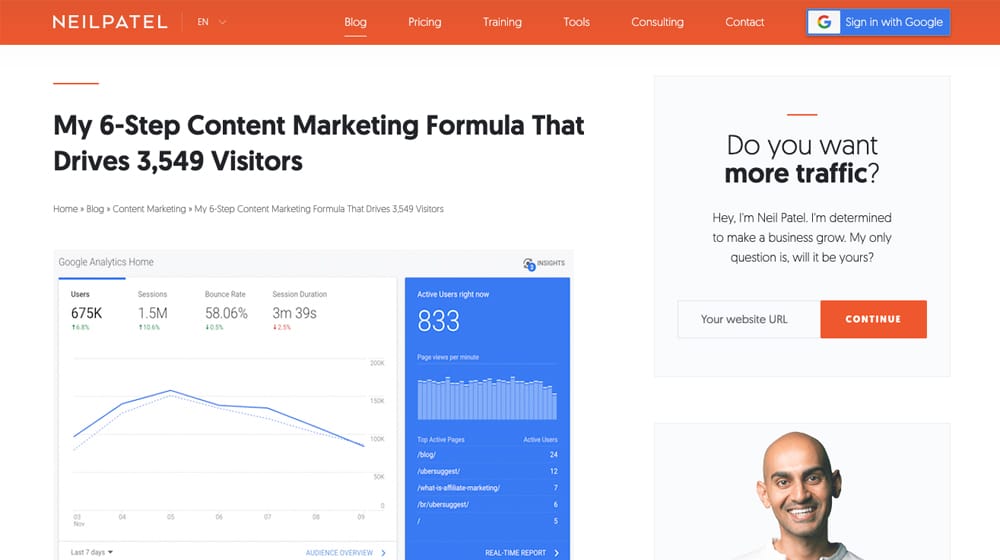
Some people lump stage 1 and stage 2 into the same stage. Others consider stage 2 to be stage 1, as mentioned above. Either way, if it works for you, go for it. That's the trick with sales funnels; they're entirely custom to your site, your situation, and your users.
Where does blogging fit into this? At this point, people are growing curious about who you are and what you do, and your blog is what draws them in. Your blog is a crucial tool for helping these readers learn who you are, and keeping them in your circle of influence. You're trying to get people who have only heard of you to become blog readers, at this stage.
Level 3: Attraction. This third stage is the group of people who spend time on your site, reading, doing things, and otherwise interacting you're your brand, but who have not yet taken action. This stage is where you have separated the visitors from the users. They're the people who come back to read blog posts on a regular basis. They're the people who follow your Facebook and Twitter accounts. They're the people who comment on your blog posts and social media posts, and who you begin to recognize.
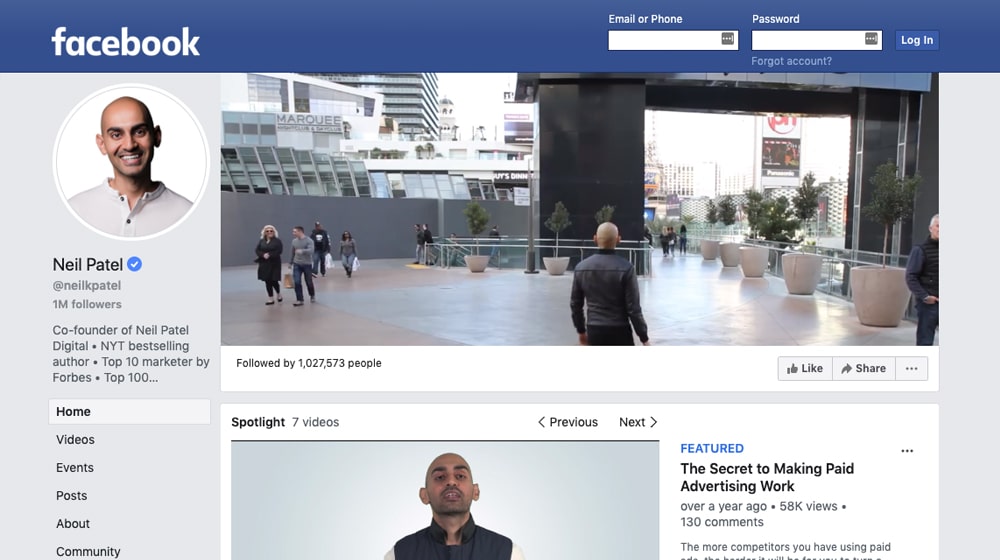
What's important here is that this is the stage of the funnel where a lot of the "low level" conversions happen. Some companies like to split this up into different stages, but I draw the line at money more than anything. People in this stage are people who "convert" by registering for a mailing list, by claiming free e-books, by subscribing to social feeds and RSS feeds, and so on. They're all beneficial conversions in that they filter the audience down to people who are most interested in your business, but they don't earn you money.
Where does blogging fit into this? It's the core of all of your content marketing. Your blog posts draw people in, keep them coming back, and expose them to all of your other calls to action.
Level 4: Action. This fourth stage is the point where users take action, converting those leads and contacts they've accumulated into customers or monthly subscribers.
What's important to mention here is that these people can come from level 3, but also from level 2. They don't have to be email subscribers to buy from you. They don't have to be social media followers or blog commenters before they subscribe to your service. They can hire you for consulting based entirely on the strength of your guest posts, without being avid followers of your site at all.

This is where a lot of sales funnels get muddy, in my experience. Simple funnel journeys like "ad click to blog reader to an email subscriber to paying customer" and "social media click to blog reader to paying customer" have a very different path through the stages, but they have the same end result.
Where does blogging fit into this? This is, again, all about the calls to action. This is where you've built up trust in who you are and who your brand is, and leverage that trust to get people to convert.
Level 5: Retention. Sorry, I'm breaking with the A-words here. This is where the traditional sales funnel has ended, and it's uncharted territory for many marketers. These are your actions to nurture your customers, maintain the relationship, and keep them subscribed or purchasing.
This stage of the funnel encompasses everything you do after the user has converted. It's your customer service. It's soliciting user reviews. It's offering loyalty discounts. It's marketing towards current users to encourage upgrades, additional sales, and repeat business.
Where does blogging fit into this? A blog is a great venue for ongoing value. Users, even paying customers, can read your blog for additional insight into your business, for support, for tutorials and clever information on how to use your product or service, and so on. It's all very open-ended.
Does Your Blog Really Need a Sales Funnel?
Yes and no. I mentioned up above, and long time readers have seen me express this sentiment before: many marketers dig way too deep into things.
So, is having an established sales funnel necessary? Absolutely. A sales funnel is going to exist one way or the other - if your visitors aren't able to take the journey from a reader to a customer, then your website has a major issue or isn't accessible. Mapping out this journey can give you insight and help you optimize the user's path. Should you go mad dissecting every individual user path, identifying every possible roadblock, and smoothing out every section of the funnel? Probably not, but some split-testing couldn't hurt.
There are a few common mistakes people make with their sales funnels:
- Their sales funnel is too simplistic. If you are just blogging and hoping that those users click to the rest of your site, you might be leaving visitors on the sample.
- Their sales funnel is too complex. This one is very common with the "gurus" - if you have 7 or 8 steps in your funnel, you're assuming that all of your visitors are going to take that long journey with you and read all of your emails and eBooks. This is not very realistic.
- Your barrier to entry is too high. If you are asking for a lot of information for users to subscribe to updates or to download an eBook, that adds too much friction to the process and you'll lose leads.
Again, it's all about putting your effort where it can do the most good. Developing a basic sales funnel is important, beneficial, and useful. Developing a deep, detailed funnel is something you do when you've already plucked the other low-hanging fruit and you're ready to dig one or two steps deeper into your optimization strategy. An over-complicated funnel will add too much friction to your sign-up process.

Don't get me wrong; it won't hurt your blog if you want to spend the time and effort building a detailed sales funnel with every possible user journey mapped out. Once your business grows large enough that each user journey represents hundreds or thousands of people, it becomes even more beneficial. For most small and mid-sized blogs, though, the diminishing returns make it really not worth the effort, at least not right away.



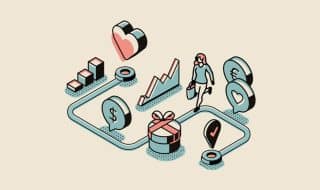

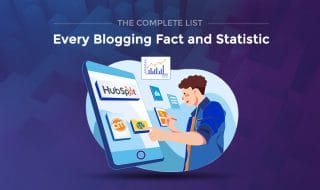

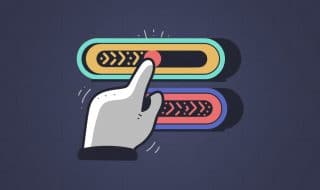
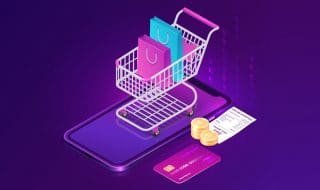

September 09, 2020
So are sales funnels just a bunch of marketing buzzwords, or do you recommend I have one? I don't have much knowledge of them yet and still learning (glad I found this article). Hope to get more ideas from you.
September 09, 2020
Hey Selma! A bit of column A and a bit of column B. I think some of the YouTube "marketing gurus" definitely go over the top with the sales funnel talks and have super overcomplicated funnels that most people will never get to the end of, so that's not a good way to go. On the other hand, if you aren't driving traffic from your visitors to your products, then you have no sales funnel.
A simple funnel really is the best - minimizing all points of friction in the buyer journey. Split test different call to actions and conversion types and see what works best.
Simply identifying points of friction is a great place to start.
For example, if you have 1,000 visitors land on your blog post, which has lower friction: Signing up to your newsletter, or buying a product?
Maybe one person will buy your product, but potentially 60-70 people could become newsletter subscribers, and buy your product down the line.
Free always has the lowest point of friction, and if you're capturing their info somehow, you can market to them later and turn them into a customer. That's the general idea behind a sales funnel.
Complicated funnels increase friction. It's something you'll have to play around with to see what works for your specific business and products 🙂
January 14, 2022
You echoed my thoughts. We're just starting out so as you said, I should be patient and keep grinding it out.
January 19, 2022
Hey Gary!
Most definitely - it can take 1-2 years for a blog to really start taking off, in my experience. Keep at it!
November 24, 2023
Without a doubt; in my experience, it can take a blog a year or two to really take off. Go forward!
November 24, 2023
Hi James! I agree. Especially on a brand new domain.
November 26, 2023
Thanks for the explanation on funnels blog.
November 28, 2023
You're welcome, I'm happy you found it useful.